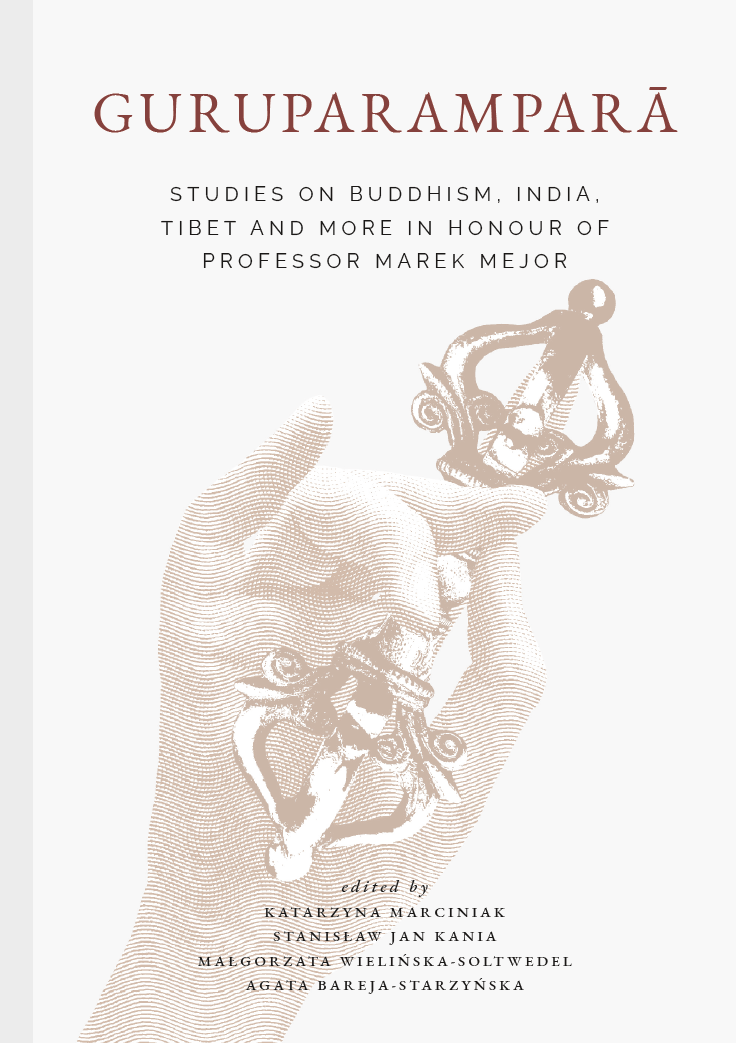Emperors and Buddhist Canon
Emperors and Buddhist Canon
The Yongle Northern Canon and Dragon Canon
Author(s): Darui Long
Subject(s): Theology and Religion
Published by: Wydawnictwa Uniwersytetu Warszawskiego
Keywords: Yongle Northern Canon; Dragon Canon; literary inquisition; Kanjur; Emperor Yongle; Emperor Yongzheng
Summary/Abstract: China has produced more than 18 editions of the Buddhist canon since the Song Dynasty (960–1279). This paper focuses on the Yongle Northern Canon prepared in the years 1421–1440 and 1584 and the Dragon Canon engraved in the years 1735–1738. Both canons were court editions. They were initiated, sponsored, and supervised by the imperial court. Chinese emperors, usually holding absolute power, had their decisive say on the fate of any scripture – i.e., whether it was to be included in the canon or excluded from it. Compilations of the Buddhist canon are one of the examples showing how emperors would select Buddhist works at their will. The paper addresses a number of issues: why did emperors include scriptures they preferred? Why did they remove works already in the canon? How did they control Buddhism and make it instrumental, particularly in the production of the Buddhist canon? What were the consequences of adding or removing scriptures? How do we evaluate Buddhist canonicity, authenticity, authority, and apocryphal activity?
Book: Guruparamparā
- Page Range: 259-294
- Page Count: 36
- Publication Year: 2022
- Language: English
- Content File-PDF

